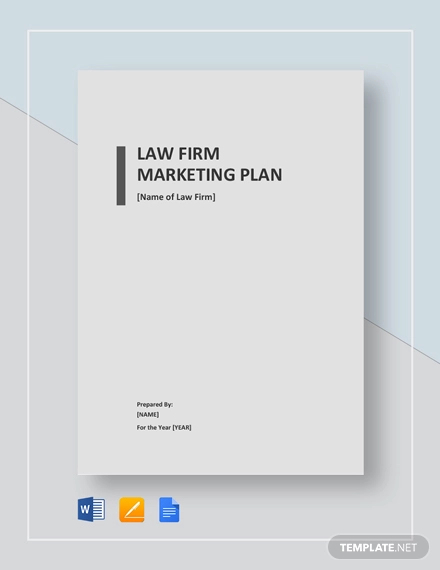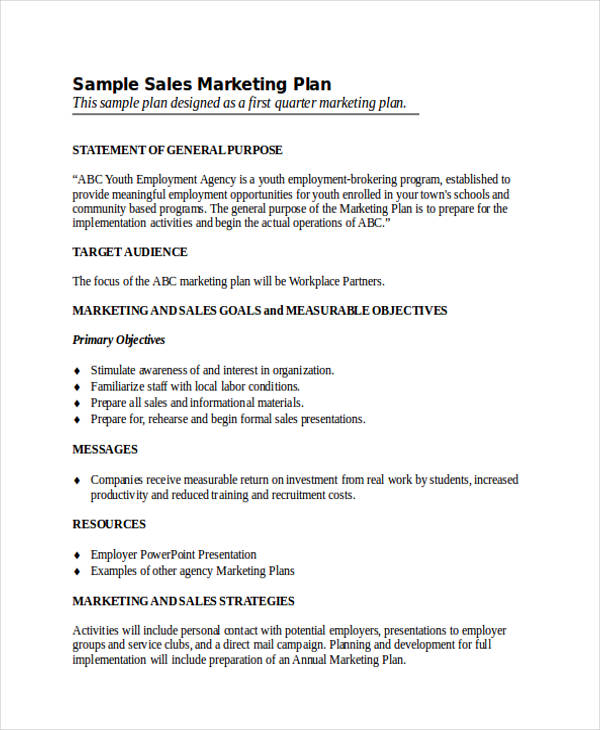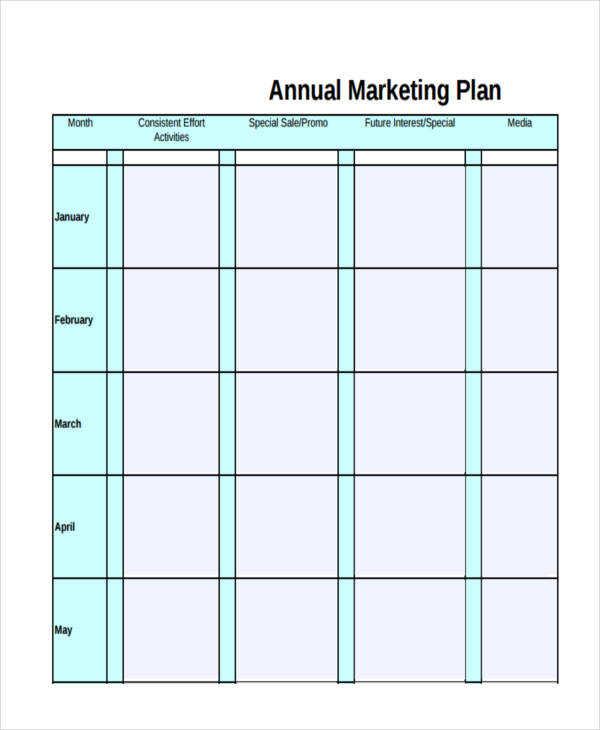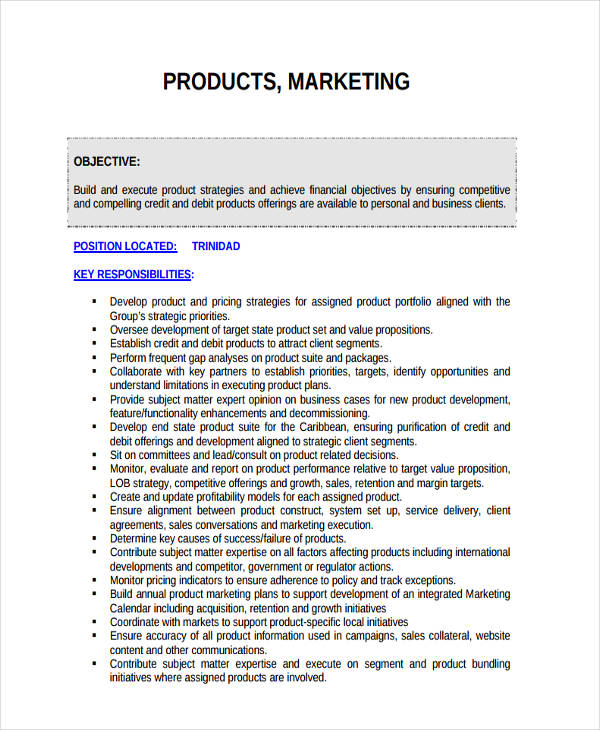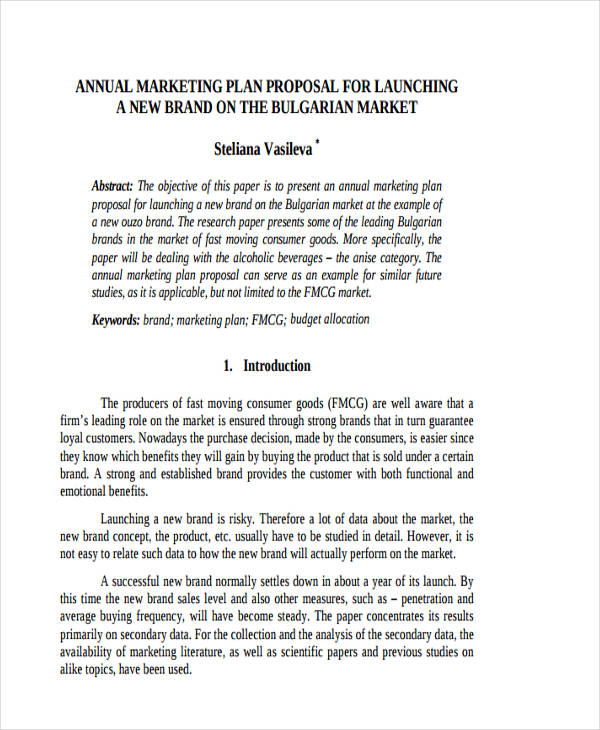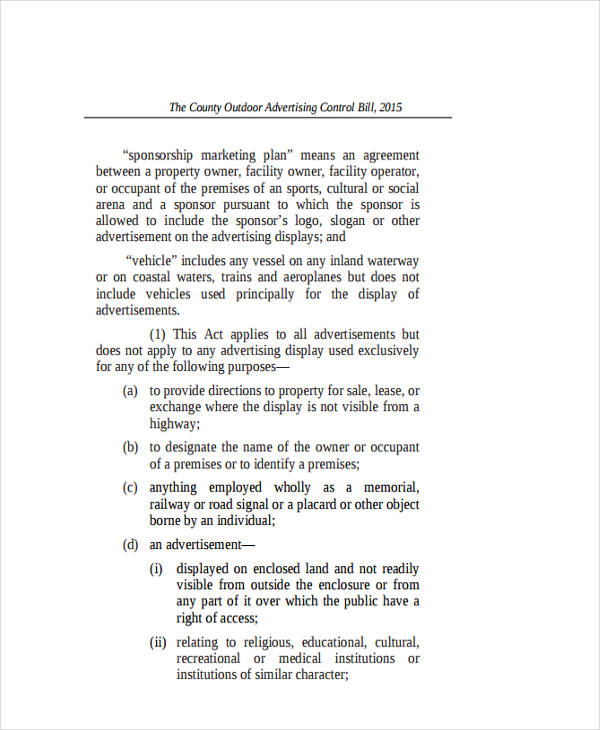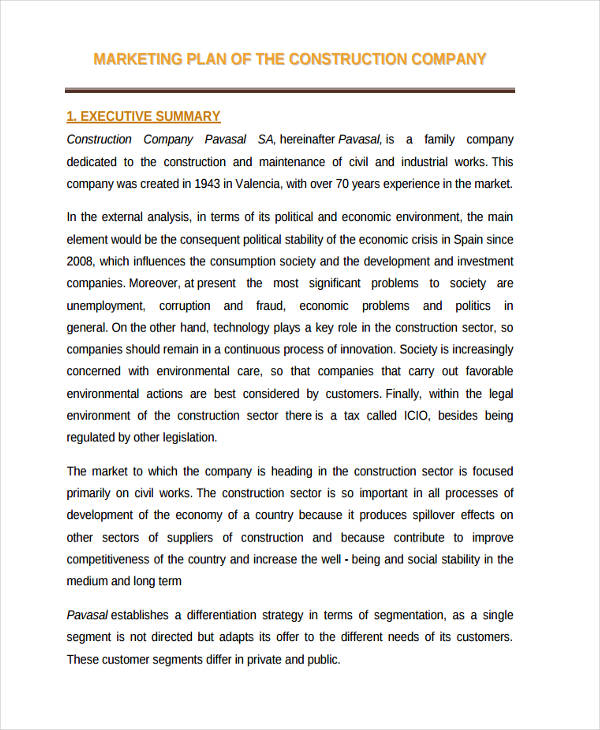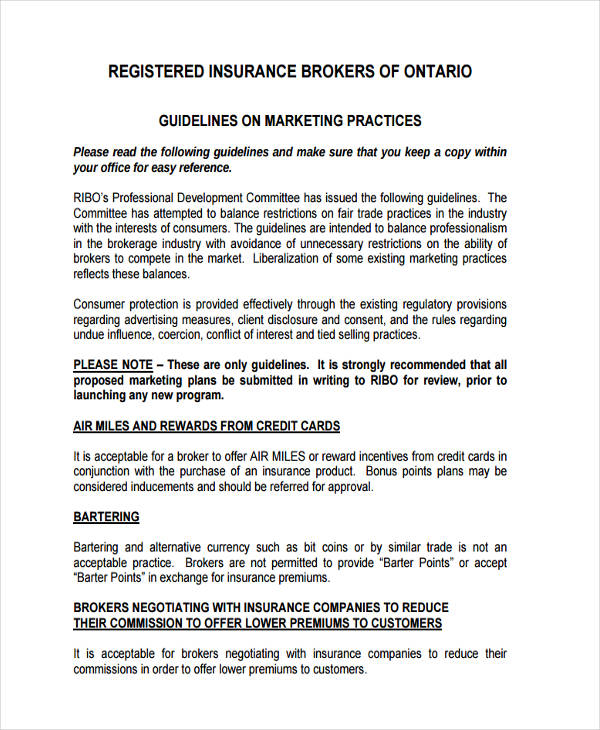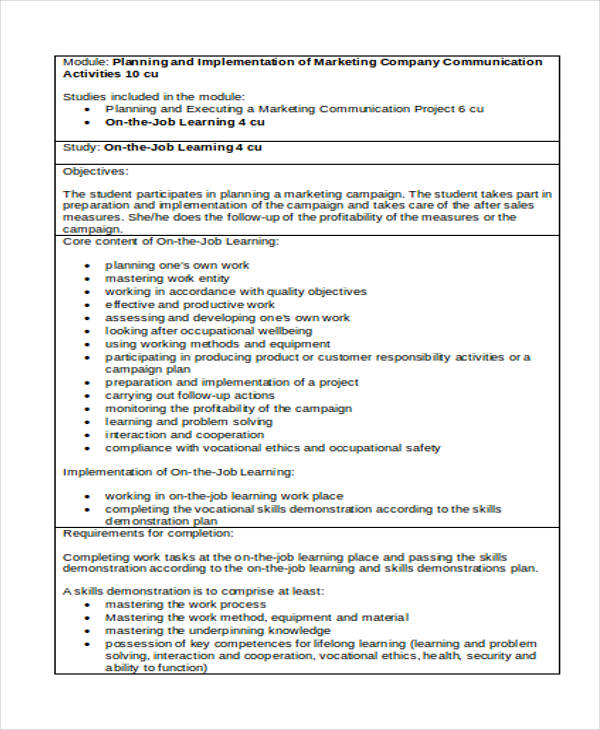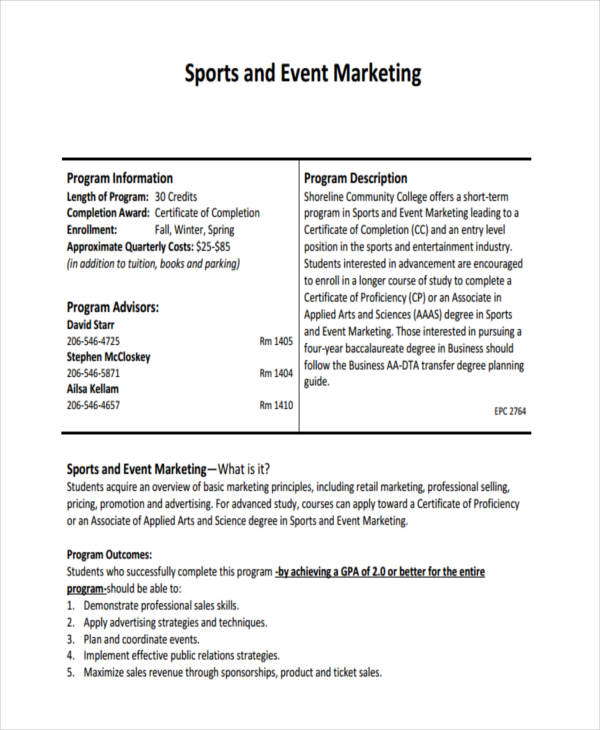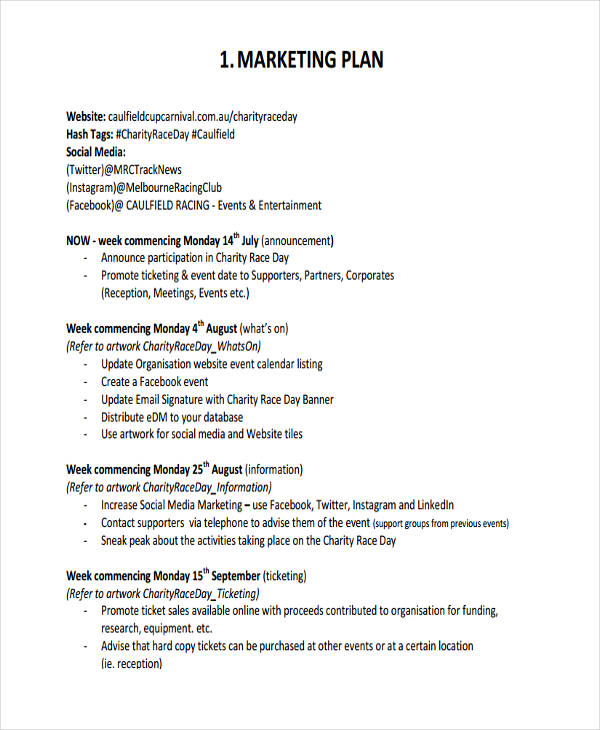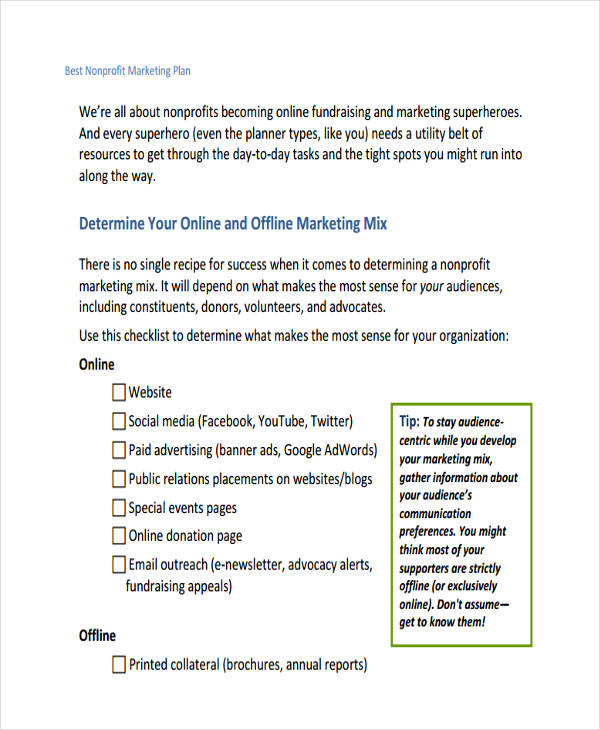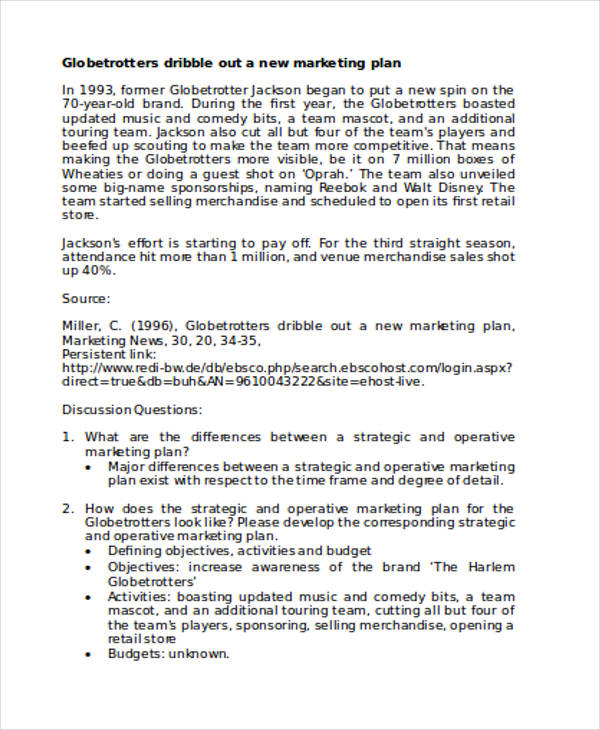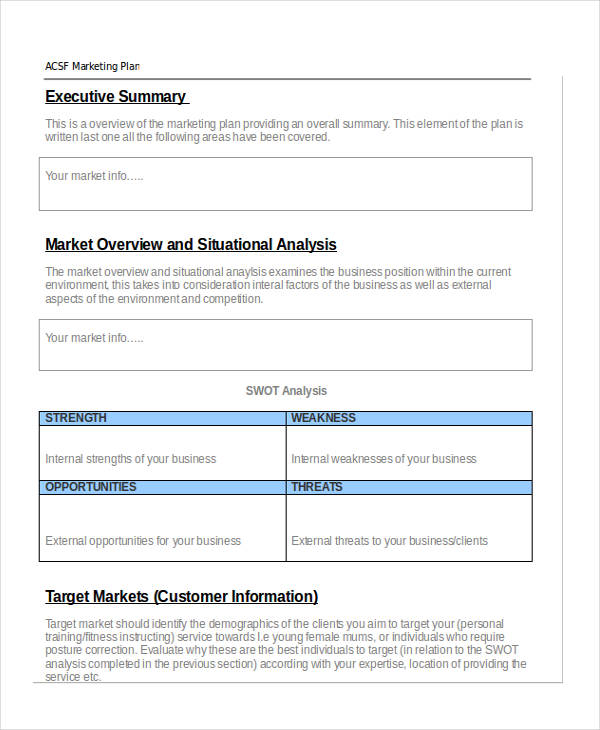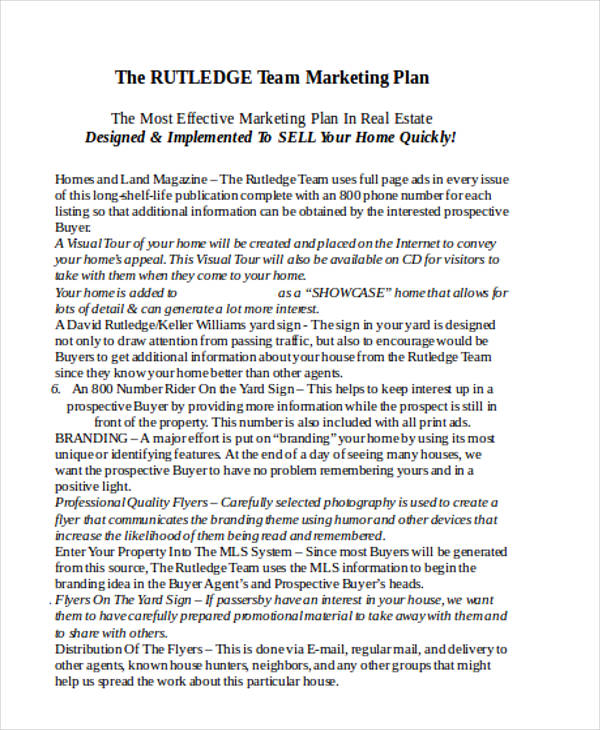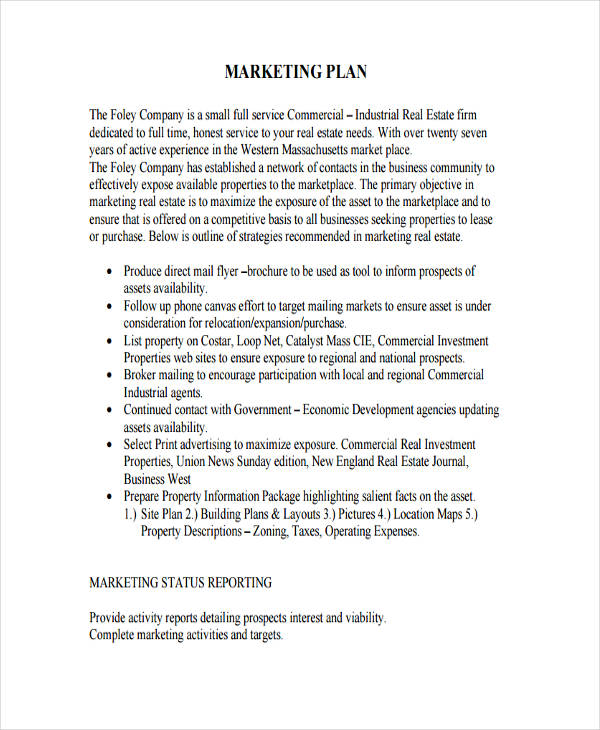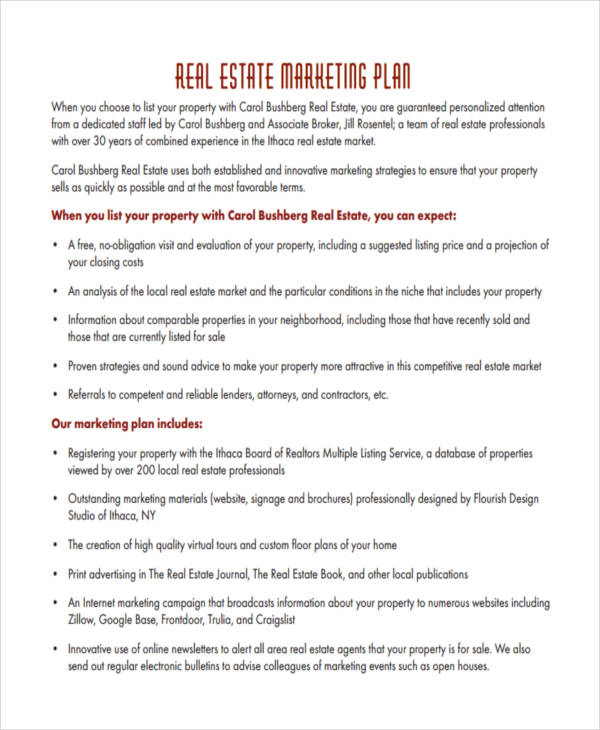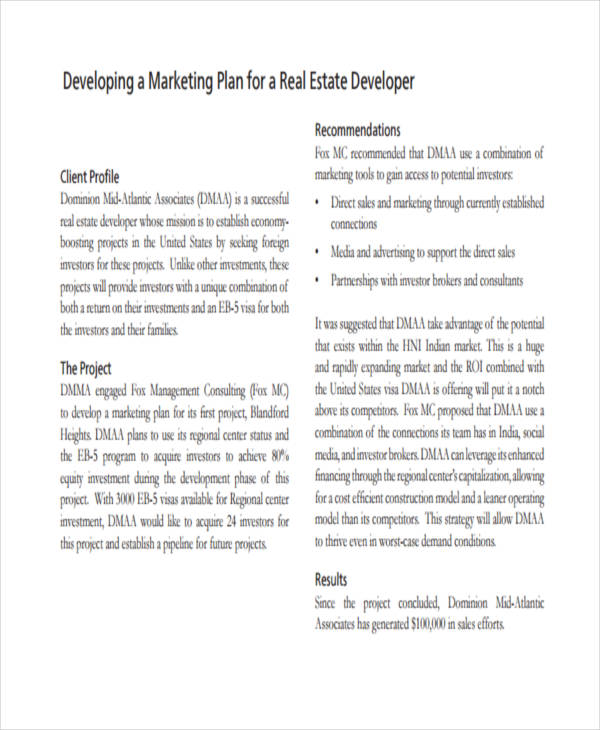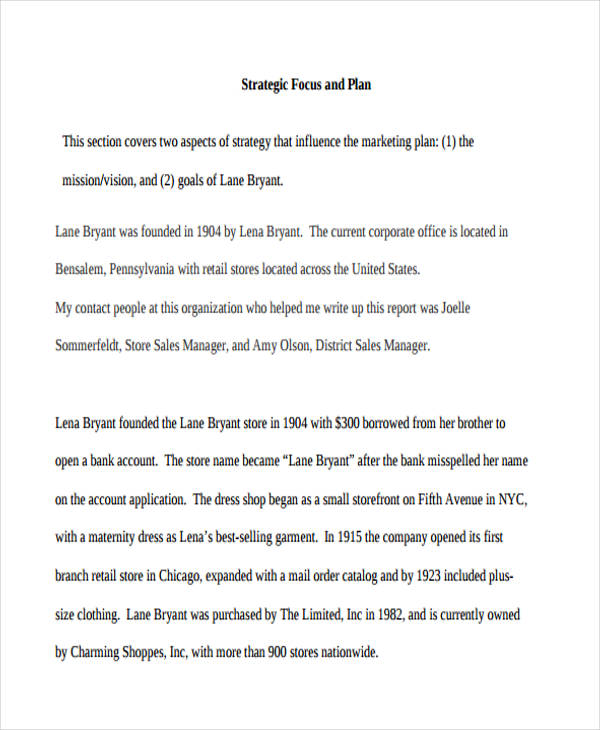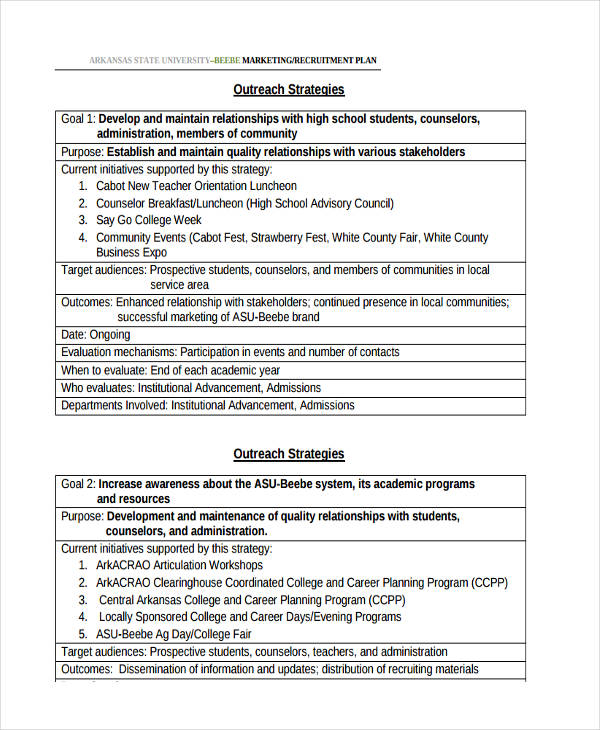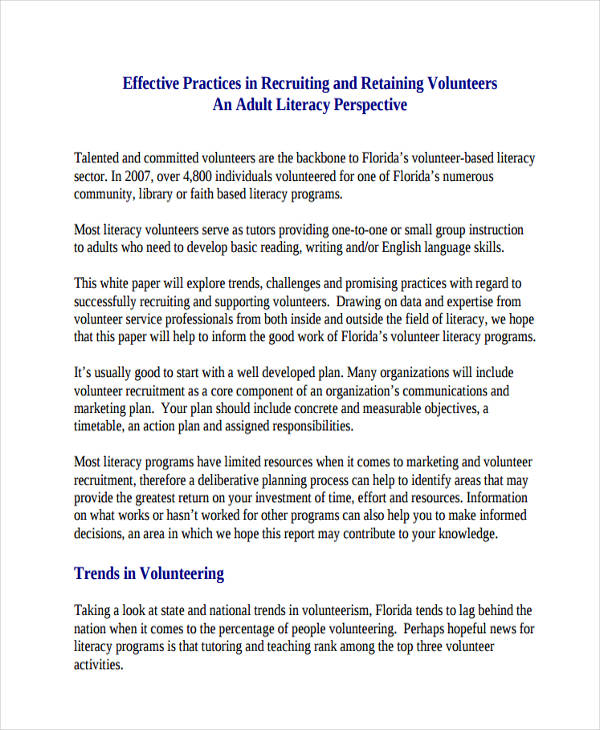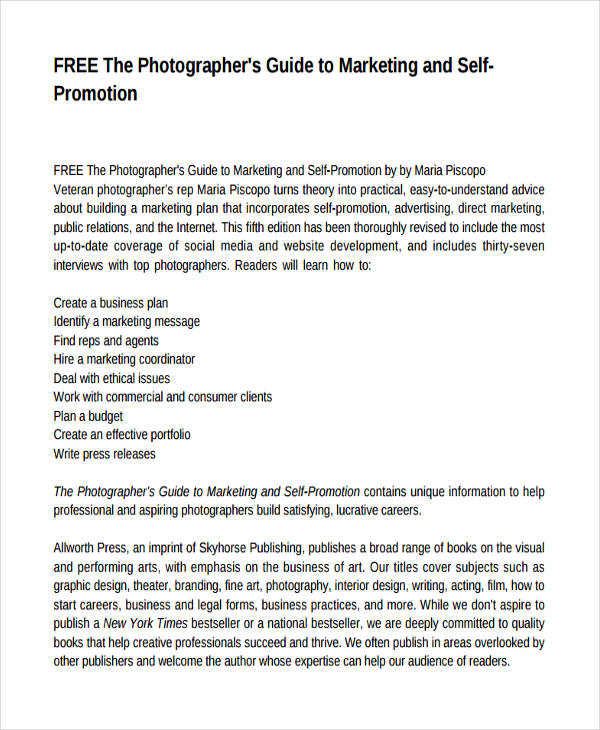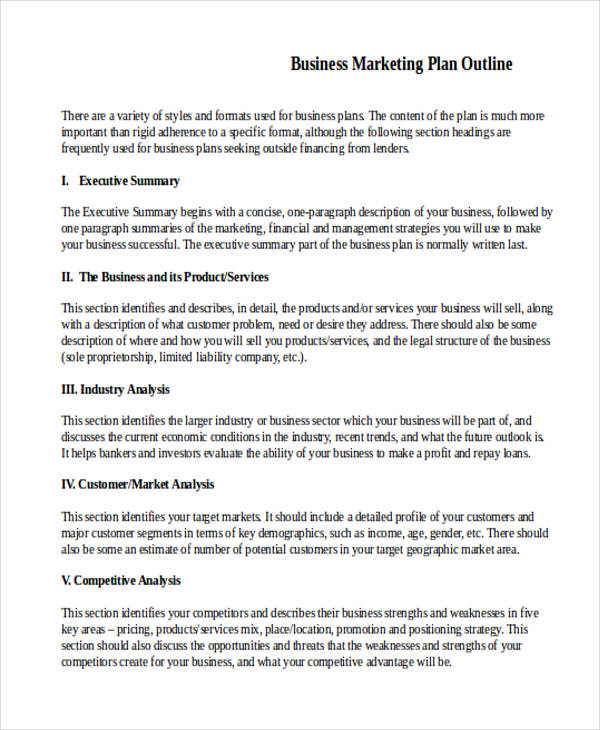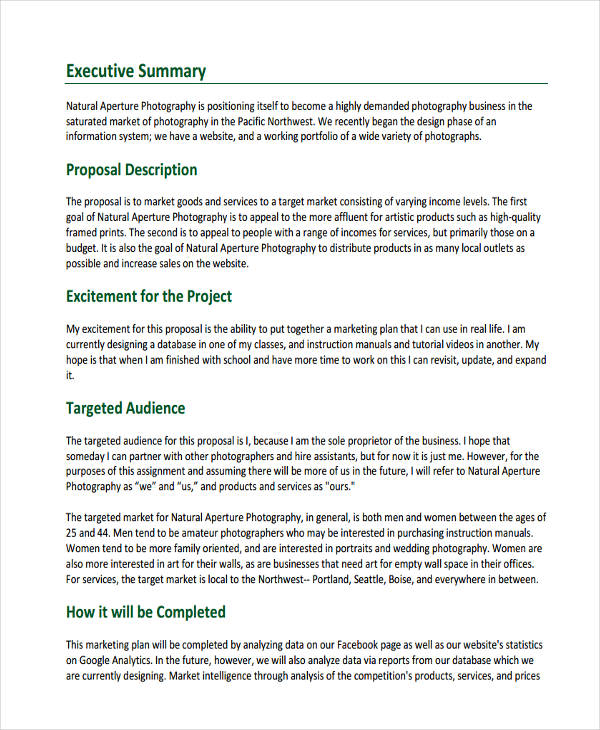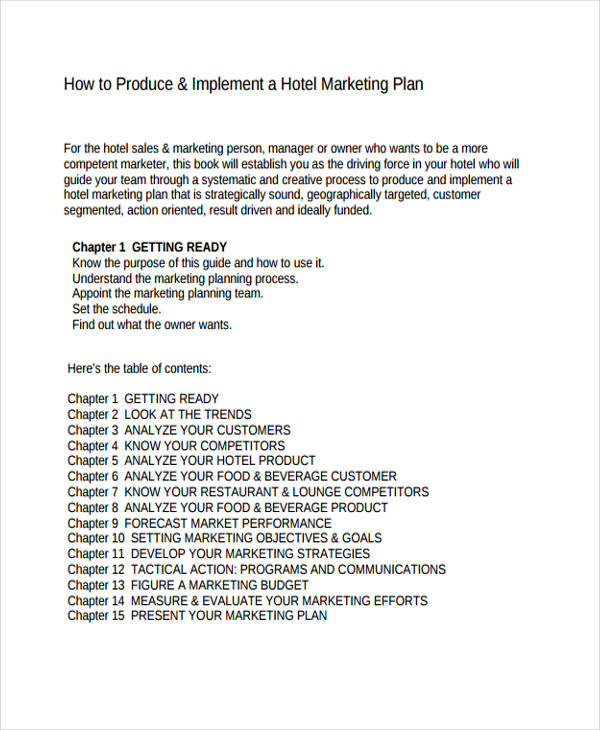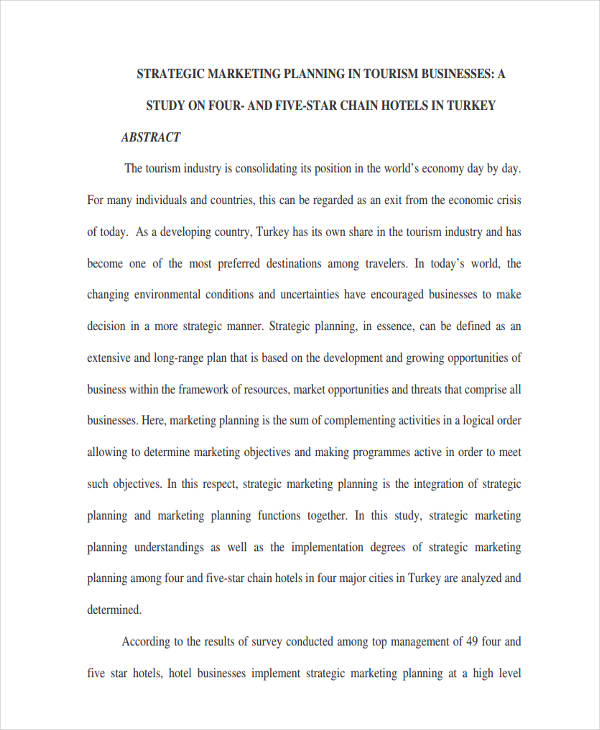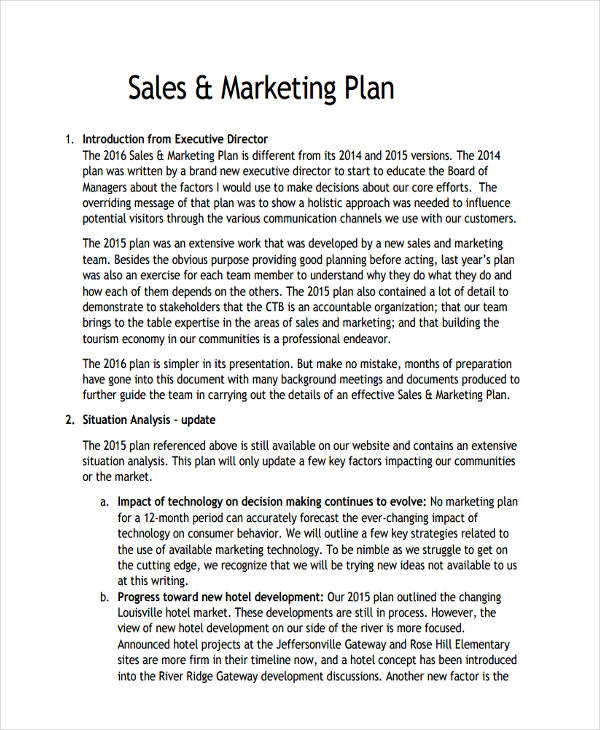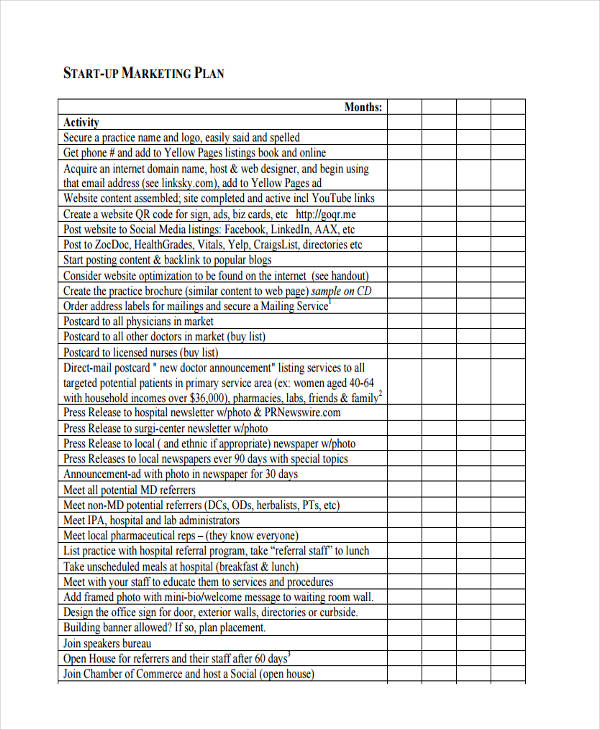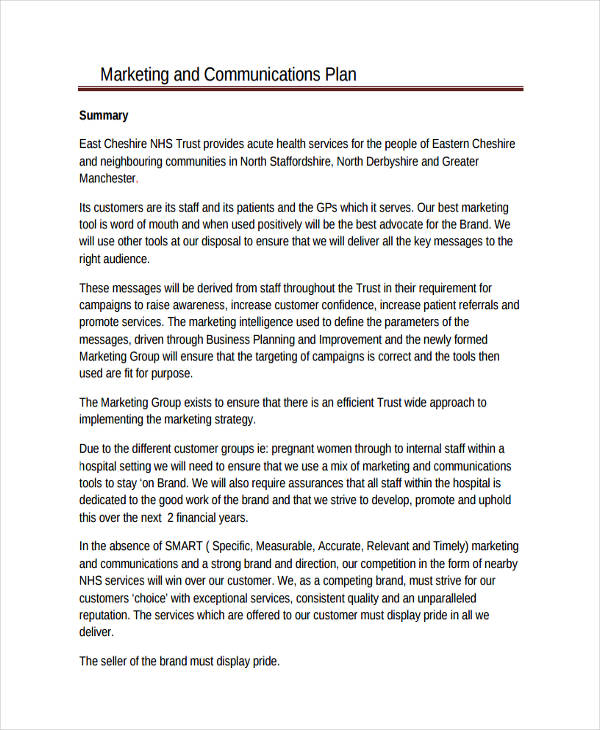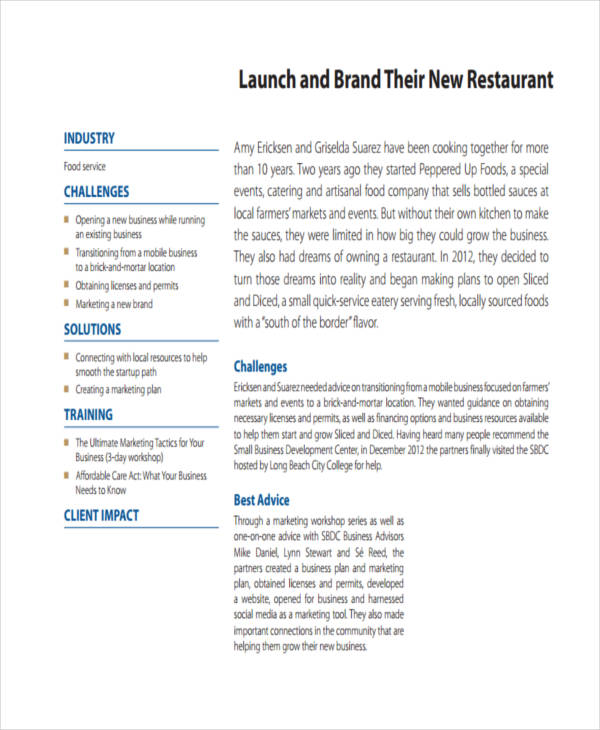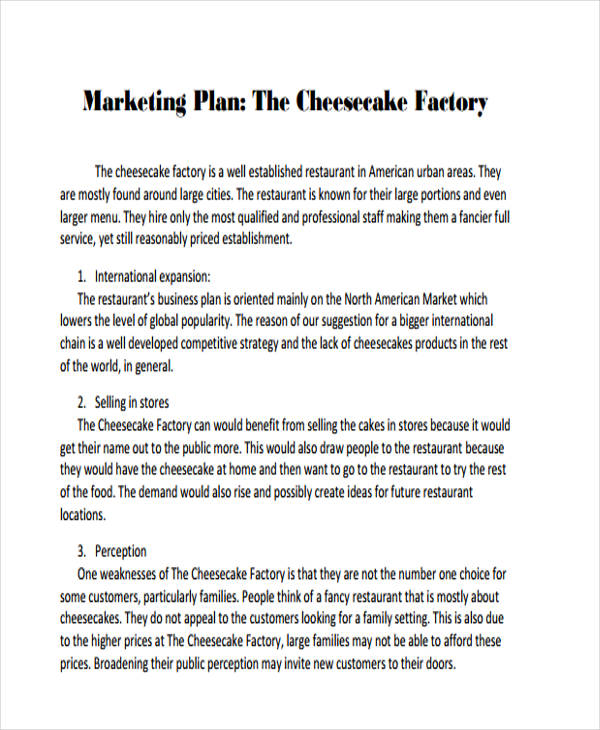50+ Marketing Plan Examples to Download
Marketing is an important piece for the success of every business. All the big name brands that we know today, such as Apple, McDonald’s, Samsung, Nike, and many more, have one thing in common, and that is excellent, well-targeted marketing. No big or small business can survive for long without any traditional or digital marketing practices.
50+ Marketing Plan Examples & Samples
Law Firm Marketing Plan Example
Tactical Marketing Plan Template
Step Marketing Plan Template
Segmentation Marketing Plan Template
Personal Marketing Plan Template
Conference Marketing Plan Template
Campaign Marketing Plan Template
Digital Marketing Plan Template
Marketing Plan Template to Print

Sample Marketing Plan Template

Social Media Marketing Plan

Annual Marketing Plans
Free Annual Marketing Plan
Annual Product Marketing Plan
Annual Brand Marketing Plan
Advertising Marketing Plans
Outdoor Advertising Marketing Plan
Radio Advertising Marketing Plan
Construction Company Marketing Plan
Insurance Company Marketing Plan
Security Company Marketing Plan
Sports Event Marketing Plan
Charity Event Marketing Plan
Special Event Marketing Plan
Non-Profit Event Marketing Plan
New Product Marketing Plan
Food Product Marketing Plan
Beauty Product Marketing Plan
Personal Training Marketing Plan
Real Estate Agent Marketing Plan
Commercial Real Estate Marketing Plan
Best Real Estate Marketing Plan
Real Estate Developer Marketing Plan
Retail Business Marketing Plan
Retail Store Marketing Plan
Teacher Recruitment Marketing Plan
Student Recruitment Marketing Plan
Volunteer Recruitment Marketing Plan
Self-Promotion Marketing Plan
Self-Publishing Marketing Plan
Small Business Marketing Plan
New Business Marketing Plan
Photography Business Marketing Plan
Small Hotel Marketing Plan
Strategic Hotel Marketing Plan
Hotel Sales and Marketing Plan
Private Hospital Marketing Plan
New Hospital Marketing Plan
Pediatric Hospital Marketing Plan
Restaurant Launch Marketing Plan
New Restaurant Marketing Plan
What Is a Marketing Plan?
A marketing plan is a set of implementations on how a company should market its products, services, and overall brand. It shows a detailed study of the marketing trends in the market and the industry. Those trends include the current state of competitors, demands of consumers, prices of goods, and other economic forces. Those data helps the business to position itself in the marketplace effectively and to reach out to a wider customer base.
How to Make a Marketing Plan
We’re all aware of how important a business plan is. You can’t start a company without it. That said, some might think that it’s the most vital document to ensure a business’s success. Well, yes it is. But a marketing plan is equally as vital. As we’ve said earlier, no business can survive long without marketing practices. So, plan your company’s marketing strategies well by following these steps.
Step 1: Do a Thorough Market Research
The first thing you need to do is research the market where your business belongs. You have to know everything there is about it, especially when it comes to the consumers. Take note that it’s the consumers that you need to please. Meeting their preferences and needs is what your products and services must provide.
Step 2: Define Your Brand
When it comes to marketing, your company must have its own identity. It won’t garner much attention in the industry if it’s somewhat of a copycat of other companies. That’s why you must define your own brand. Try to differentiate your business even though it offers similar products and services as others. Branding is part of the process of establishing a business.
Step 3: Study Your Competitors
You have to keep an eye on how your competitors market themselves, especially if they do so effectively. Studying your competitors will give you ideas on how to outperform them in the market, more specifically, on how to get more customers than them. For example, if you own a restaurant business plan, you must study the attributes of other restaurants in your locality. Study them by performing a competitor SWOT analysis or SWOT analysis. Figure out your competitors’ strengths and weaknesses.
Step 4: Establish Your Methods
Based on all your findings from your market analysis business plan and competitor analysis, formulate marketing strategies that enable your business to reach its full potential. This is also when you must decide what marketing materials to use and how much marketing budget should the company invest.
FAQs
What are a marketing plan’s five elements?
The elements of marketing are commonly known as the 5 Ps. These 5 Ps are: products, prices, promotions, places, and people.
What is a marketing plan’s most important section?
According to entrepreneur, the most important content of a marketing plan is your target customers. That makes sense. It’s the customers that you need to attract for your business to generate revenue.
What are the stages of the product lifecycle?
The product lifecycle undergoes four stages: introduction, growth, maturity, and decline.
With social media becoming a prominent digital platform, marketing becomes more challenging. The need for advanced planning is even more important in today’s business world. Our Marketing Plan Examples can help you face that challenge. So, make sure to download them before you leave.



